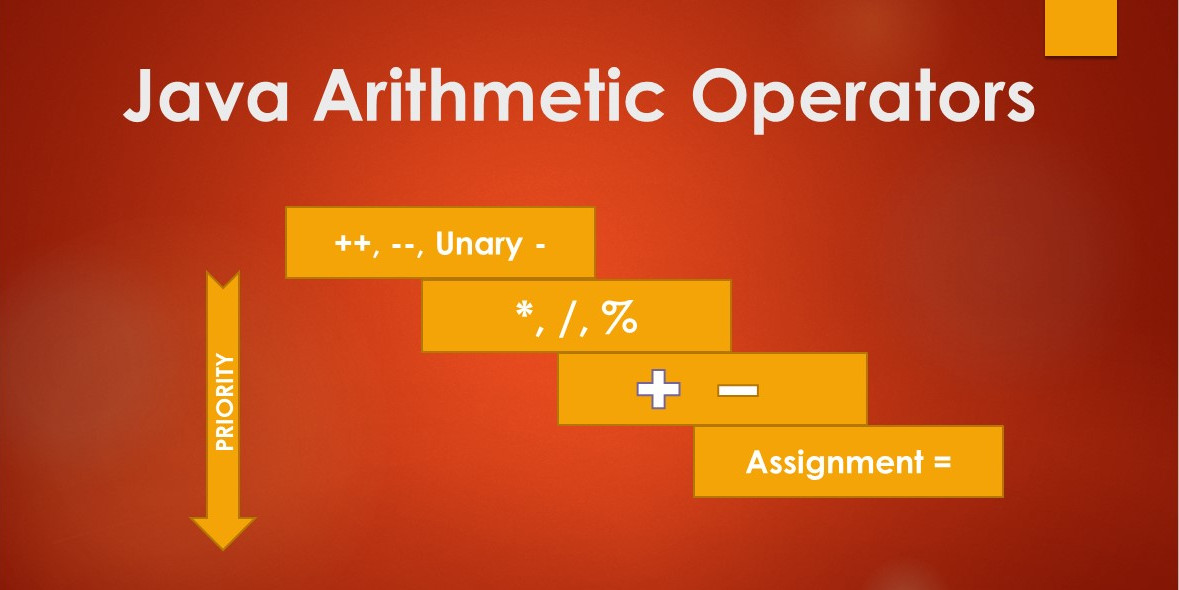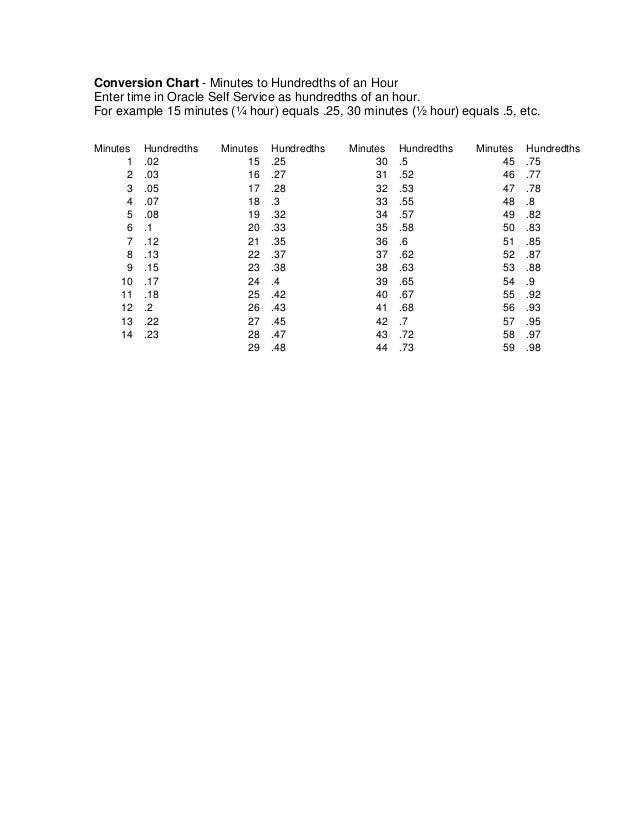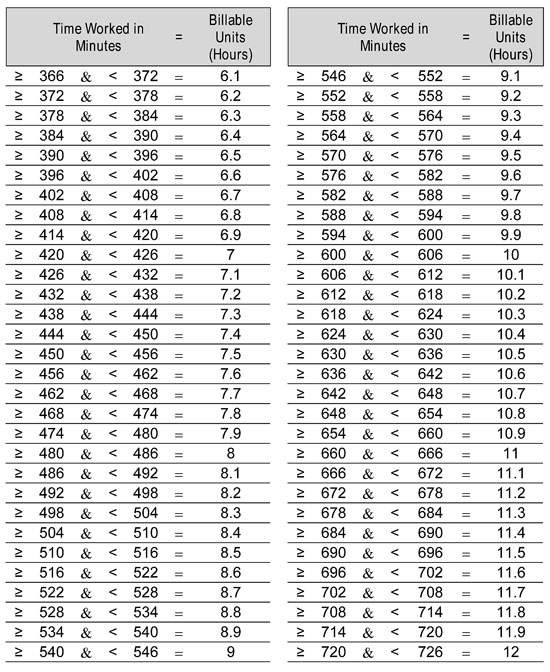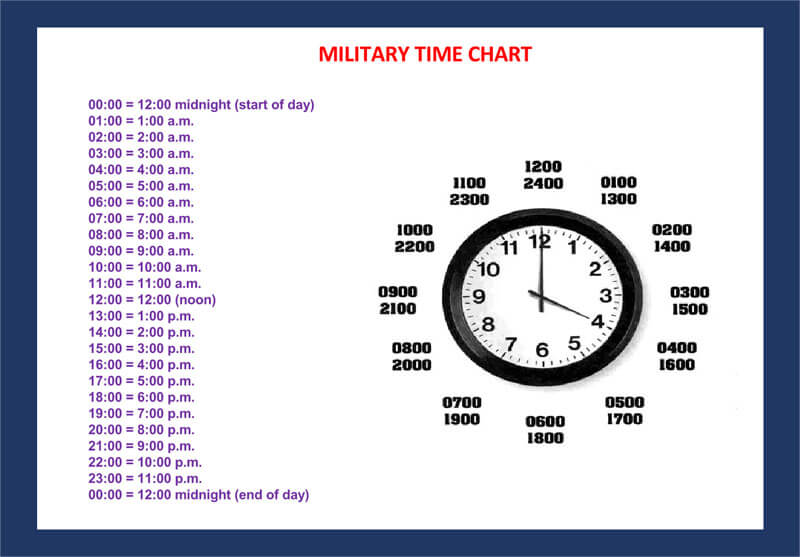Bitwise operators are operators that are used to carry out operations on data at the bit degree. The six major forms of bitwise operators are bitwise AND, bitwise OR, bitwise exclusive OR, unary operator, left shift operator, and proper shift operator. The bitwise operator cannot be used immediately with primitive information varieties like float, double, etc. The bitwise operator is principally used with integer data varieties due to its compatibility. The highest-order bit in a signed integer, the sign bit, denotes a adverse worth when it's 1 and a non-negative value when it's 0. A unfavorable worth is generally not wanted when an integer stores a bit pattern, and so the simple "repair" is to define the integer as unsigned. Bitwise operations are at all times obtainable in meeting language however are less widespread in higher-level languages. Including these operators in C made it attainable to write operating methods and device drivers in C somewhat than in assembly. Most bitwise operators require two integer arguments, but complement is a unary operator. Three operators act on the corresponding bits of the two operands; we are ready to conveniently summarize these and the complement operators with fact tables. Two operators deal with one operand as a string of bits and shift them to the left or the right. We'll typically view one or both the operands as a short string of bits for our comfort and ease of illustration. In addition to the usual arithmetic operations described earlier, CPUs additionally assist operations that are unusual exterior of binary. These bitwise operators instantly apply the conduct oflogic gates to bit sequences, making them straightforward to implement efficiently in hardware. While working with integral numbers, the bitwise operations carried out on all bits. As we know, char values represented using 1 byte (i. e., eight bits), int values using both 2 or four bytes, brief int using 2 bytes, and lengthy int using four bytes. However, binary operators' working illustrated right here utilizing 4-bit numbers a and b having decimal values eleven and seven , respectively. In contrast, most regular operators work with both single or a quantity of bytes, which in most methods include eight bits. Not all programming languages support the use of bitwise operators.C,Java, JavaScript, Python andVisual Basicare among those who do. Because they permit greater precision and require fewer resources, bitwise operators can make some code quicker and extra environment friendly.
Examples of uses of bitwise operations include encryption, compression, graphics, communications over ports/sockets, embedded techniques programming and finite state machines. So far, we now have learned about 4 bitwise operators in C. All of them have been quite similar to the logical operators, i.e. they carried out the same operation on the bit degree, which the logical operators performed on boolean variables. But the subsequent two operators we are going to see are quite different. Because this could be a recommendation, I think it is reasonable to advocate that "bitwise operators be used with unsigned operands". If you add one to the one's complement, you get two's complement.Viewed in base-10 , the bitwise operations do not appear to make a lot sense. Nevertheless, they're helpful in specialized processes, particularly when one operand is a continuing, usually known as a bitmask. C++ does not have a notation for representing binary constants, so integer constants are usually denoted in hexadecimal . A single hexadecimal digit corresponds to a nibble (i.e., to 4-bits). So, we can compactly specify each 4-bits of a constant as a single hexadecimal digit. Bitwise operations are contrasted by byte-level operations which characterize the bitwise operators' logical counterparts, the AND, OR, NOT operators. Instead of acting on particular person bits, byte-level operators perform on strings of eight bits at a time. The cause for this is that a byte is often the smallest unit of addressable memory (i.e. data with a singular memory address). The two bit-shift operators ought to look familiar to you, not as a result of we've used them before, however as a end result of they are reused because the output and input operators introduced previously. Both operands are integers, and we'll proceed to view the left-hand operand in binary however will now view the right-hand operand in decimal. Both bit-shift operators treat the left-hand operand as a string of 1's and zero's that are shifted either left or proper by the variety of places indicated by the right-hand operand. Shifting may seem confusing but is simple to know when illustrated with an instance.
The bitwise operators are the operators used to carry out the operations on the data at the bit-level. When we perform the bitwise operations, then additionally it is generally known as bit-level programming. It is mainly utilized in numerical computations to make the calculations sooner. In the C programming language, operations can be performed on a bit stage utilizing bitwise operators. This is a binary operator, it needs two operands -- two integers -- to work on. Bitwise operators, typically generally known as bit-level coding, have been cast-off to interpret knowledge only at the bit level. Bitwise performs operations on one and even additional bit patterns and binary numbers on the bit level. These have been used to speed up the estimation development of numerical calculations. It consists of two numbers, considered one of which is zero and the opposite is 1. Here are some bitwise operators which we are going to discuss in our article. Bitwise operators are good for saving house -- however many times, space is hardly a difficulty. On the opposite hand, typically you can use bitwise operators to cleverly take away dependencies, such as by using ~0 to search out the most important attainable integer.
And bit shifting to multiply by two is a reasonably frequent operation, so it would not have an effect on readability in the way that advanced use of bit manipulation can in some circumstances . Bitwise operators are operators that function on integers and models at the binary stage. This signifies that they're wanting directly at binary digits or bits of an integer. It all sounds scary, however in reality, bitwise operators are fairly simple to make use of and also very useful. In this text, I will introduce you to Bitwise operators in C ++ programming language. Bitwise operators are used to perform operations on the bit level and help to govern information at bit stage which we are ready to call bit-level programming. These may be accomplished by first converting a decimal value to its binary type. In this topic, we're going to study Bitwise Operators in C. Four of the bitwise operators have equal logical operators. They are equal in that they've the same reality tables. However, logical operators treat every operand as having just one worth, either true or false, quite than treating every bit of an operand as an independent value. Logical operators consider zero false and any nonzero worth true. Another difference is that logical operators carry out short-circuit evaluation. Right shift operator shifts the bits of a value to the right. Bits shifted out of least significant little bit of worth are lost. Right shifting an unsigned value at all times results in 0s being shifted on left. In this problem, you'll use logical bitwise operators. The logical operators, and C language, use 1 to symbolize true and 0 to symbolize false.
The logical operators evaluate bits in two numbers and return true or false, 1 or zero, for every bit compared. When the value of 'x' is unfavorable, the Left Shift operation is carried out on the two's complement of the number. So there is a chance that the sign of the quantity could or will not be the same because the left shift operation. The Shift Left operator is denoted utilizing two consecutive larger than operators, i.e. The compound bitwise operators perform their calculations at the bit stage of variables. They are often used to clear and set specific bits of a variable. Generally, as a programmer you don't need to concern yourself about operations on the bit degree. You're free to assume in bytes, or ints and doubles, or even larger level information varieties composed of a combination of these. But there are times when you'd like to have the flexibility to go to the level of an individual bit.Exclusive-or encryption is one example whenever you need bitwise operations. Hence, mask ought to be declared as an unsigned variable. First, contemplate these bitwise operations on individual bits. Thebitwise andoperator evaluates as 1 if both operands are 1, and zero otherwise. Thebitwise oroperator evaluates as 1 if both or both operands is 1, and 0 otherwise. Thebitwise xoroperator evaluates as 1 if either of the operands is 1, and 0 otherwise. Finally, thebitwise notoperator enhances the operand's value, i. E., and it returns 1 if the operand is zero and vice versa.
The result of logical operators (&&, || and !) is either zero or 1, but bitwise operators return an integer worth. Also, the logical operators think about any non-zero operand as 1. For example, think about the following program, the outcomes of & and && are different for similar operands. A bitwise operator is an operator used to perform bitwise operations on bit patterns or binary numerals that contain the manipulation of particular person bits. In any programming language, operators perform manipulations and operations on the operands, variables, etc. In C language or C++ language, Bitwise operators work on the bit stage and serve the aim of manipulations and operations on the Bits. Each sample program on the bitwise operations features a program description, C code, and program output. All examples have been compiled and tested on Windows and Linux systems. The bitwise operators function on numbers as if they have been sequences of binary bits . These operators will make the most sense, due to this fact, if we contemplate integers as represented in binary, octal, or hexadecimal , not decimal . Remember, you can use octal constants in C by prefixing them with an extra zero , and you need to use hexadecimal constants by prefixing them with 0x. In this article, you realized about what's bitwise operators, how are they completely different from logical operators, and what are the bitwise operators within the C programming language. Just as in the Left Shift operator, When performing Right shift operation on a unfavorable number, the Right Shift operation is carried out on the two's complement of the quantity. One of the most common makes use of for bitwise operations is to set, reset, and test bits saved in a multi-bit data structure. A "multi-bit data structure" could additionally be so easy as an integer, which may hold wherever from 8- to 64-bits, or an array of integers. Multi-bit data are often known as bit fields, bit sets, bit vectors, bit maps, bit strings, and so on. Now, it's turned for the bitwise OR operator to be elaborated. The bitwise operator returns "1" consequently when one of its bit is 1. If both the bits of two integers are 0, then it yields zero.
After getting all of the bits, there might be a set of bits generated. Type and then save the shown-below code in the GNU file using the "Ctrl+S" key. The code is almost the same as of above bitwise AND operator example. This time we've just changed the worth of integer "x" to forty seven, and we've used the OR operator, e.g. "|" between both the variables. The bitwise complement operator is also referred to as one's complement operator. It takes only one operand or variable and performs complement operation on an operand. When we apply the complement operation on any bits, then 0 becomes 1 and 1 turns into zero. However, do observe that a shift operand worth which is both a unfavorable number or is bigger than or equal to the entire variety of bits in this value results in undefined behavior. For instance, when shifting a 32 bit unsigned integer, a shift quantity of 32 or greater would be undefined. Shifts operators can be mixed then it may be used to extract the data from the integer expression. Let us write a program to reveal the use of bitwise shift operators. The bitwise operators should not be used rather than logical operators. Bitwise Operators can solely be utilized on char and integer operands. We can't use bitwise operators with float, double, lengthy double, void and different user outline complex knowledge sorts. We have seen three bitwise so far, in case you have observed, all of them had been binary operators, i.e. all of them require two operands to carry out their functions. But this one is different, this is the only bitwise operator that requires just one operand. Masking refers to the means of extracting the desired bits from a variable by using logical bitwise operations.
The operand that's used to perform masking known as a mask. The code for the Bitwise AND operator has been displayed in the image beneath. All you have to do is simply write this code in your GNU nano editor file "test.c" as it's. This code has the stdio.h header library without which we can not get the coding carried out in C programming. Then we now have created a primary methodology with its return type as integer. In the C language, the execution of the code is finished through the main method. So we now have declared two integer type variables, "x" and "y," with the values "35" and "13" accordingly. After that, another integer variable has been specified with zero as its worth. We will be using the first two integer variables and apply the bitwise AND operator between them. Save your file utilizing the GNU shortcut "Ctrl+S" after which give up the nano editor by way of "Ctrl+X" from the keyboard typewriter. C provides a compound task operator for every binary arithmetic and bitwise operation. Each operator accepts a left operand and a right operand, performs the suitable binary operation on both and shops the result in the left operand. This is considered one of the most commonly used logical bitwise operators. Two integer expressions are written on all sides of the (&) operator. The bitwise complement operator is a unary operator and has the precedence and associativity as different unary operators.
Thus, its precedence is higher than the arithmetic operators, and it has right-to-left associativity. The Bitwise operators in C also called bit-level programming used for manipulating individual bits in an operand. Bit by bit works on one or several bit patterns or binary numerals on the individual bit stage. It is utilized in numerical calculations to speed up the method of computation. Left shift operator shifts the bits of a value to the left. Bits that are shifted out by way of most vital bit of the data item are misplaced and 0s are always shifted in through least significant little bit of the value. In this C program, we're going to discover methods to use bitwise left shift operator? Here is an example, demonstrating using left shift bitwise operator. This operator is a unary operator which means it requires only one operand. It is also called a bitwise complement or one's complement operator. When utilized on bits, this operator converts all zeroes (0's) to ones (1's) and vice versa. A bitwise operator works with thebinary illustration of a number somewhat than that quantity's value. Theoperandis treated as a set of bits, as a substitute of as a single quantity. Bitwise operators are related in most languages that assist them. Negative numbers shouldn't be dealt with utilizing the left and right shift operators.
In C and C++, if the second operand is a unfavorable quantity, the result's undefined behaviour. C is a middle degree language, it assist many operations which can be performed in meeting language like operations on bits. Bitwise operators performs bit-by-bit operations on operands. I've modified the title and scope of this rule and it is now prepared for evaluate. Generally, utilizing the left and proper shift operators will end in considerably quicker code than calculating and then multiplying by an influence of two. The shift operators will also be useful later when we have a glance at the method to manipulating individual bits. Bitwise AND operator is denoted by the one ampersand sign (&). Two integer operands are written on both sides of the (&) operator. If the corresponding bits of each the operands are 1, then the output of the bitwise AND operation is 1; otherwise, the output can be 0. Logical, shift and complement are three types of bitwise operators. Bitwise operators cannot be instantly applied to primitive data sorts corresponding to float, double, and so on.



























































